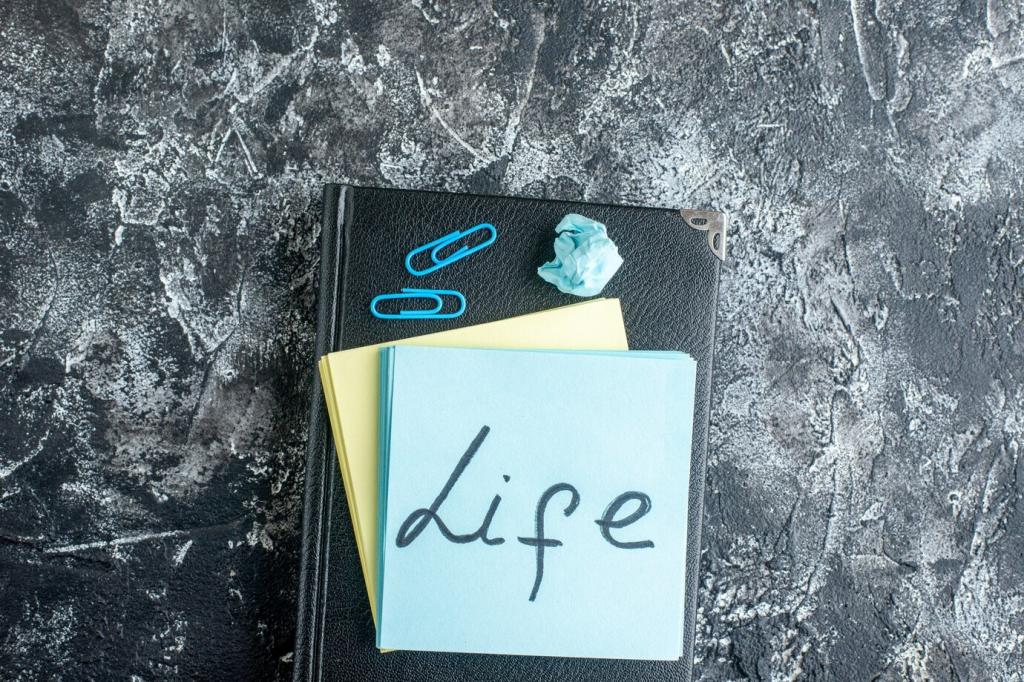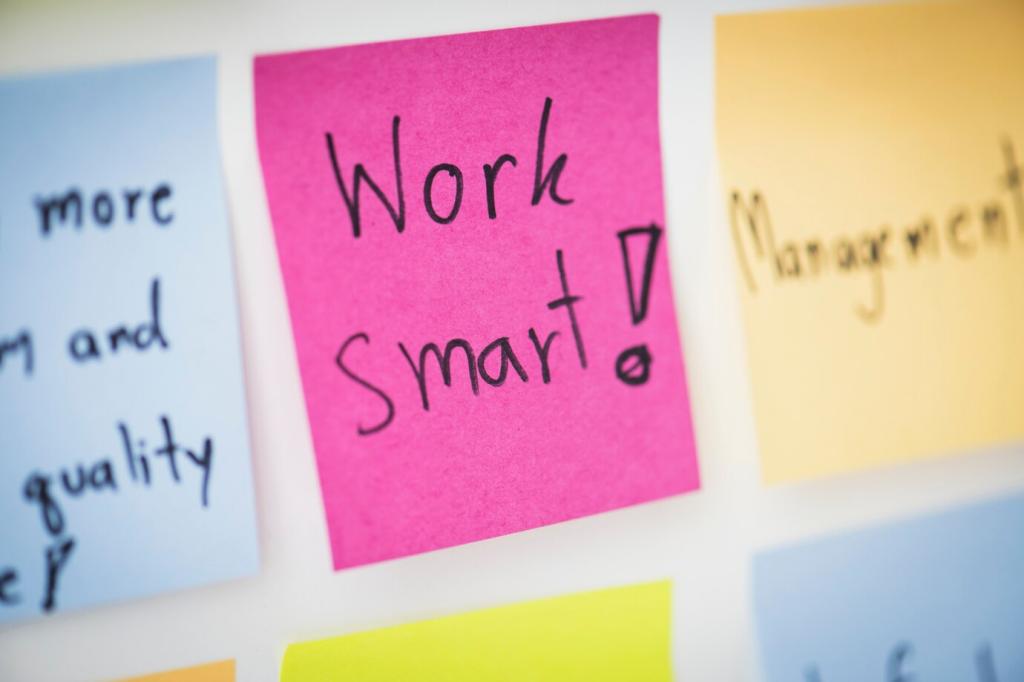Reading Weather, Water, and the Subtle Signals Between
Check wind speed, direction, gusts, and hourly shifts. Sudden wind-against-tide scenarios create steep chop that challenges small craft. If offshore winds are building, choose sheltered coves or reschedule. Post your go/no-go decision and reasoning to help other beginners learn.
Reading Weather, Water, and the Subtle Signals Between
Incoming or outgoing tides can supercharge current under bridges and around points. Plan to travel up-current early, drift back later. Give right-of-way to powered vessels and cross channels decisively at ninety degrees when clear. A bright high-visibility flag increases your presence.
Reading Weather, Water, and the Subtle Signals Between
A haze on the horizon, quickening wind ripples, or building thunderheads mean it is time to shorten drifts and head in. One dawn, a reader noticed whitecaps forming on a calm forecast, turned early, and avoided a brutal, gear-soaking slog back.
Reading Weather, Water, and the Subtle Signals Between
Lorem ipsum dolor sit amet, consectetur adipiscing elit. Ut elit tellus, luctus nec ullamcorper mattis, pulvinar dapibus leo.










